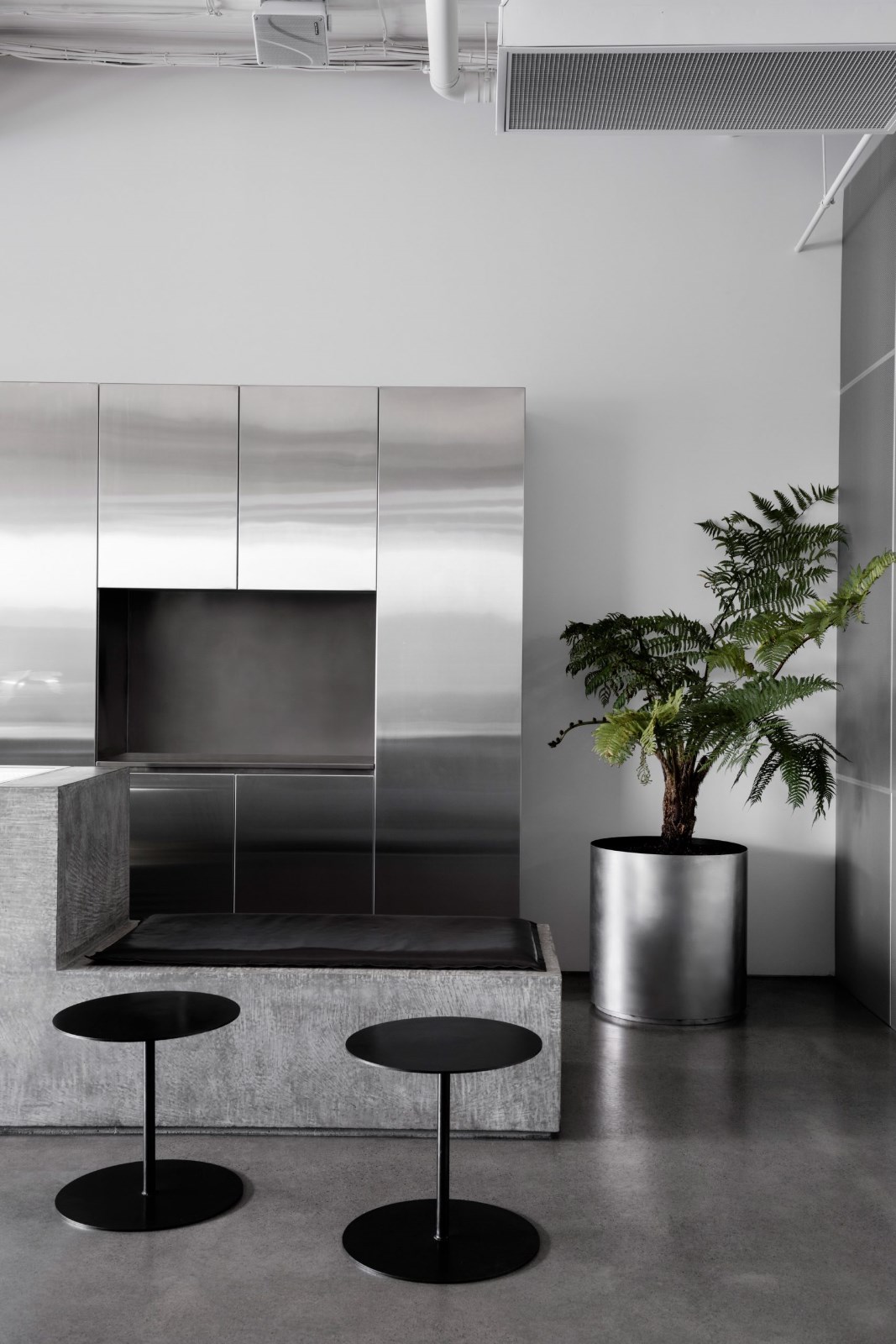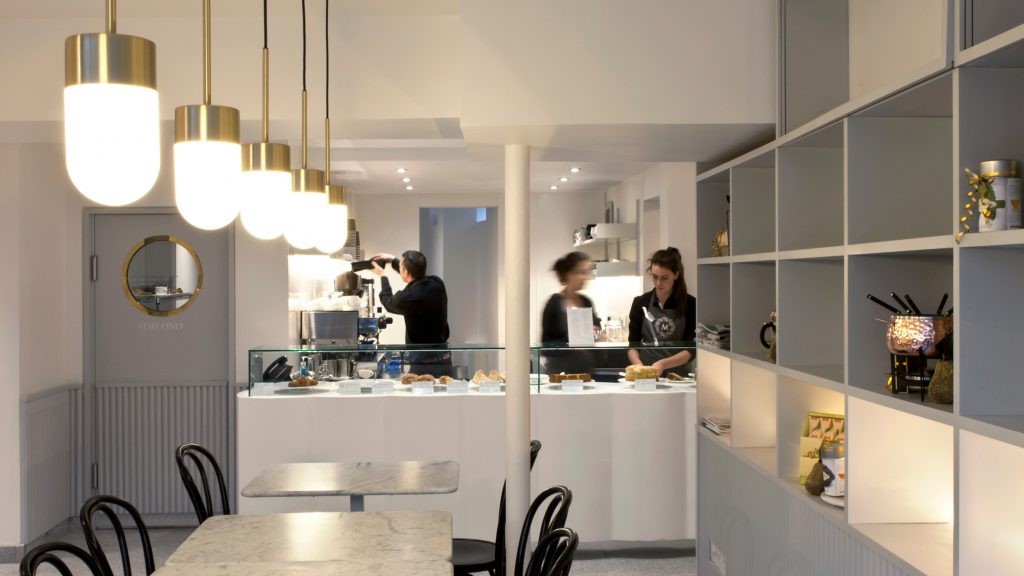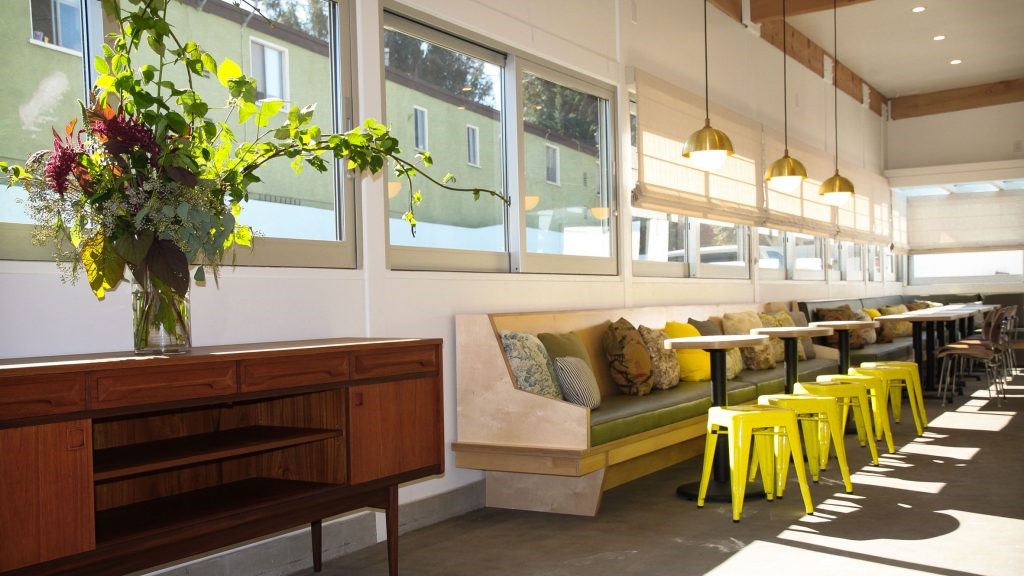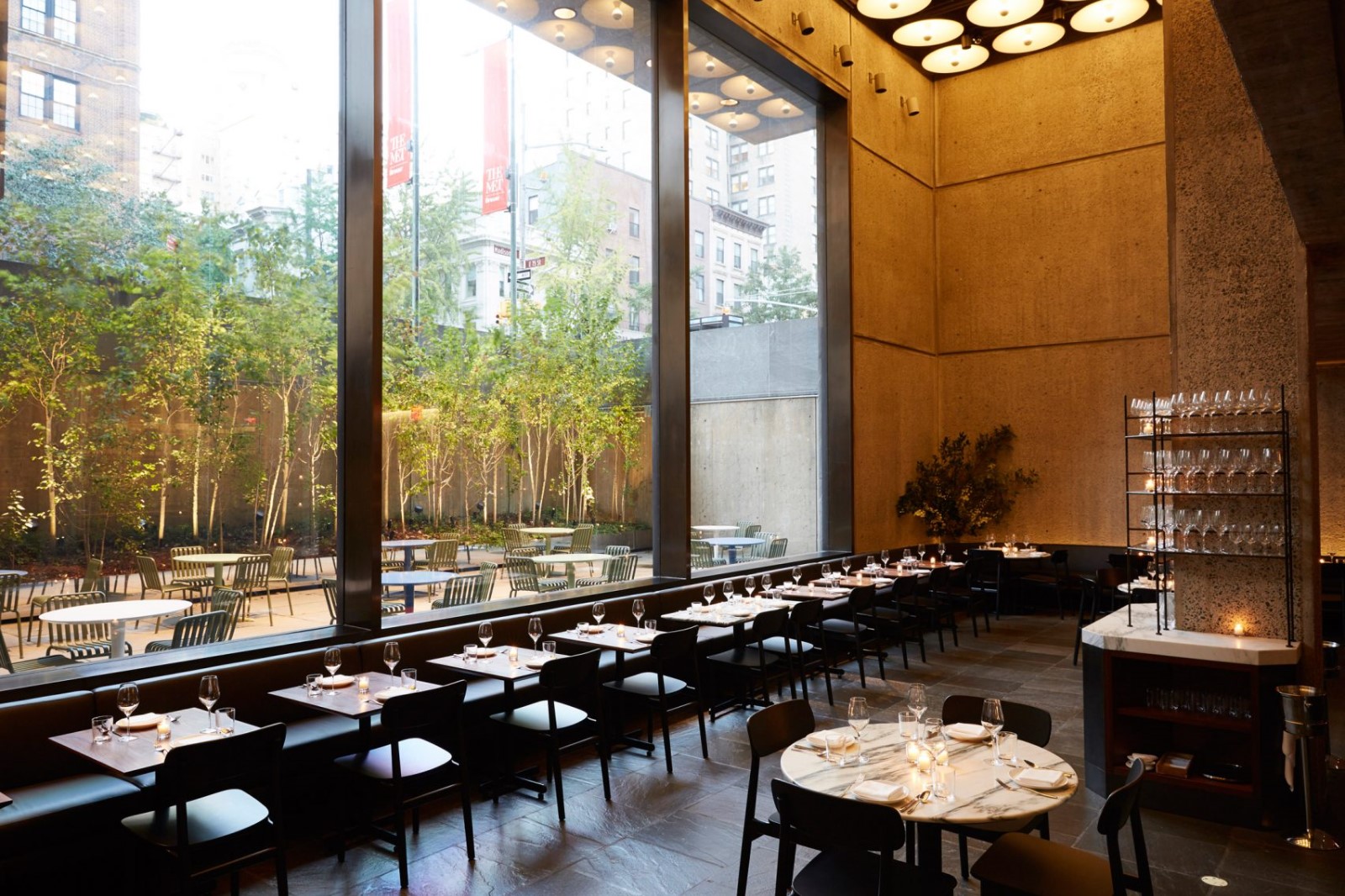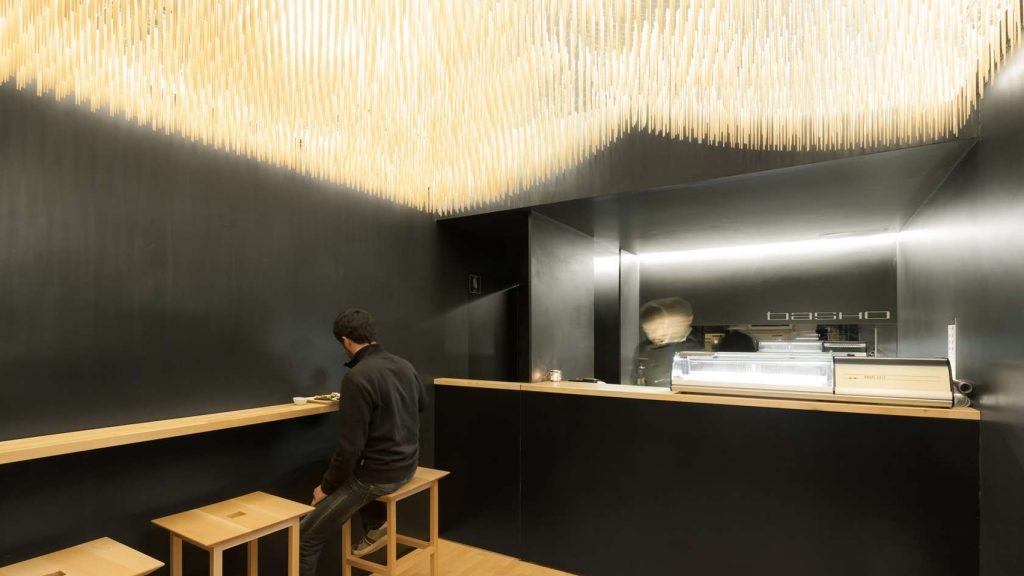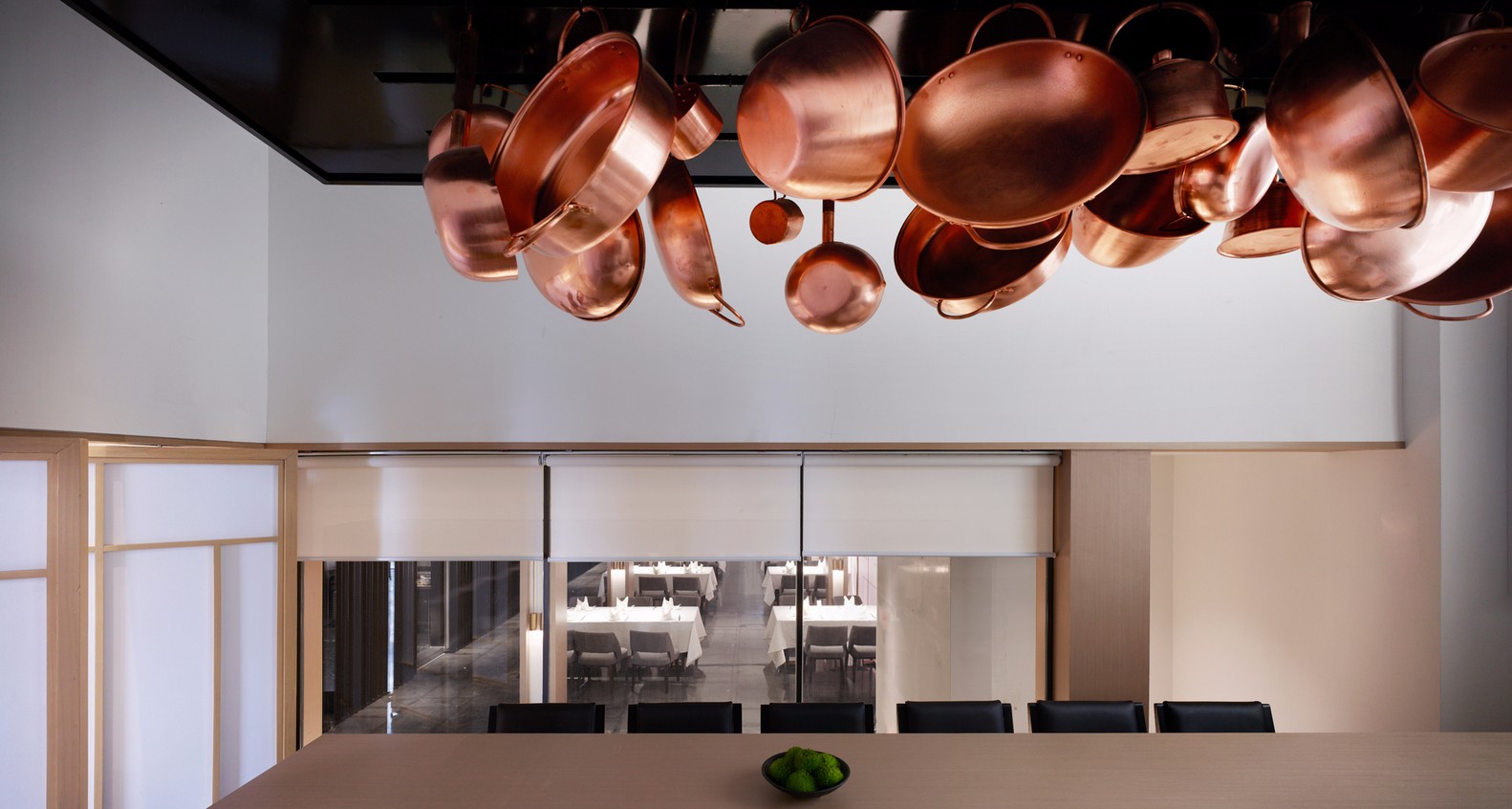Pink Moon Saloon is Designed and Built in Traditional ‘Hut’ Style
2016-10-10 20:28
In a former bin alley and sandwiched between two office buildings on one of Adelaide’s vibrant laneways is the Pink Moon Saloon. The venue tells a narrative of campfire cooking with a childlike nostalgia for the outdoors. Designed and built in traditional ‘hut’ style, it reflects its context and place.
在阿德莱德一条生机勃勃的车道上,夹在两栋办公楼之间的前垃圾场里,是粉红月亮沙龙。会场讲述了篝火烹饪的故事,对户外充满了孩子气的怀旧。它的设计和建造采用传统的“小屋”风格,反映了它的环境和场所。
Concept Throughout the design process the concept evolved and settled on exploring the typology of the wilderness hut creating a uniquely immersive experience. Huts are located in remote or isolated areas and often in geographically unique places. Generally speaking materials have to be sourced locally. As a result the materiality and aesthetics of the wilderness hut are varied but with a few common threads. Often timber is sourced by felling the trees on site and stone or earth is gathered from nearby. This approach creates a vernacular style amongst huts, with different elements or nuances associated with a particular region or locality.
在整个设计过程中的概念演变和决定探索荒野小屋的类型,创造了独特的沉浸体验。棚屋位于偏远或孤立的地区,通常位于地理上独特的地方。一般来说,材料必须在当地采购。因此,荒野小屋的物质性和美学是多种多样的,但也有一些共同的线索。木材通常是通过在现场砍伐树木来获取的,而石头或泥土则是从附近采集的。这种方法在棚屋中创造了一种乡土风格,与特定地区或地区有着不同的元素或细微之处。
The intention with Pink Moon was to create its own identity or vernacular; by designing and building in the way a hut should be. Firstly, an understanding of its unique climate. Sitting between two low-rise office buildings, narrow and long, running east-west with limited access to direct sunlight. The hut needs to embrace its surroundings, not dominate them, but embellish and appreciate them. Creating a moment of warmth and shelter within whatever context.
与粉红月亮的意图是创造自己的身份或白话,通过设计和建设的方式,一个小屋应该是。首先,了解其独特的气候。坐落在两栋低矮的办公楼之间,狭长,东西向,阳光直射有限。小屋需要拥抱周围的环境,而不是支配它们,而是美化和欣赏它们。在任何背景下创造温暖和庇护的时刻。
Volume and Spatial Planning At 3.66 x 28 metres, the narrow site lent itself to a Japanese approach to programming. There was an obvious need for light to penetrate the space as well as create a compact, floor plan that dealt efficiently with the limited width. The result was two huts, separated in the middle by a courtyard of similar size, the bar to the street, a dining hut to the rear. This layered approach allows light to filter into both spaces, but also accentuates the movement of walking through the space, crossing multiple thresholds and experiencing three different spaces.
这个狭小的场地面积3.66x28米,空间规划采用日本的方案编制方法。有一个明显的需要,光穿透空间,以及创造一个紧凑,平面图,有效地处理有限的宽度。结果是两座棚屋,中间被一个类似大小的庭院隔开,一间酒吧到街道,一间餐厅在后面。这种分层的方法允许光进入两个空间,但也突出了穿越空间、跨越多个阈值和体验三个不同空间的移动。
The internal ceilings are raked to express the 60 degree roof pitch and timber truss structure. This attempts to relieve the feeling of tightness associated with a narrow space by accentuating the height and overall volume. The front (drinkers) hut is light filled and airy whilst the dining hut is darker, dimly lit and focussed around the fire. The central courtyard has little of its own lighting, but instead allows light into the two huts during the day and is lit by them at night.
屋面内的屋面采用耙式表示60度屋面节距和木桁架结构。这试图通过强调高度和整体体积来缓解与狭小空间相关的紧绷感。前面(饮酒者)小屋是轻盈和通风的,而餐厅小屋是黑暗,昏暗的灯光和聚焦周围的火。中央庭院几乎没有自己的照明,而是允许光线进入两个棚屋白天,并由他们在夜间照明。
Materiality All of the material selection was based around the principles of hut-construction and have been considered in relation to their impact / sustainability of production and ability for re-use. As much as possible, there was an attempt to use familiar Australian materials. The structure is timber framed and uses locally sourced Australian Hardwood as cladding; seconds of Spotted Gum, Tasmanian Oak and Ironbark. Excessive use of steel or other virgin materials was limited as much as possible. The bessa block walls and paving can be seen as the most vernacular masonry option in the Adelaide, our ‘local stone’. The colours are slightly inspired by the weird colour combinations of Himalayan mountain huts, but very much the Pink Moon Saloon.
重要性所有材料的选择均基于小屋建设原则,并考虑了其对生产的影响/可持续性和再利用能力。尽可能多地尝试使用熟悉的澳大利亚材料。该结构为木结构框架,并使用当地采购的澳大利亚硬木作为覆层;数秒的点胶、塔玛尼橡木和铁方舟。尽可能限制过度使用钢或其他原始材料。贝萨砌块墙和铺砌可视为Adelaide(我们的当地石材)中最当地的砖石方案。这些颜色稍微受到喜马拉雅山小屋的奇怪的色彩组合的启发,但非常的粉红色的月亮saloon。
Architects: Sans-Arc Studio Project: Pink Moon Saloon Location: Adelaide, Australia Area: 102.48 sqm Builder: Brojed Construction Photography: Courtesy of Sans-Arc Studio Manufacturers: Beeline design, Boral Timber
建筑师:SANS-圆弧工作室项目:粉红月亮沙龙位置:澳大利亚阿德莱德:102.48平方米建筑商:Brojed建筑摄影:SANS-圆弧工作室制造商提供:直线设计,博尔木材
Thank you for reading this article!
 举报
举报
别默默的看了,快登录帮我评论一下吧!:)
注册
登录
更多评论
相关文章
-

描边风设计中,最容易犯的8种问题分析
2018年走过了四分之一,LOGO设计趋势也清晰了LOGO设计
-

描边风设计中,最容易犯的8种问题分析
2018年走过了四分之一,LOGO设计趋势也清晰了LOGO设计
-

描边风设计中,最容易犯的8种问题分析
2018年走过了四分之一,LOGO设计趋势也清晰了LOGO设计








































